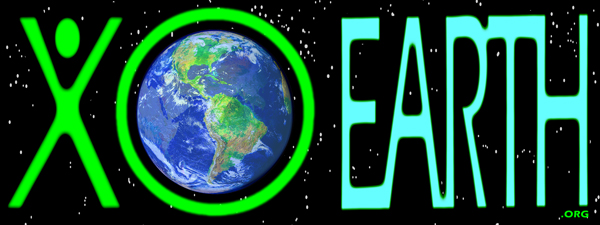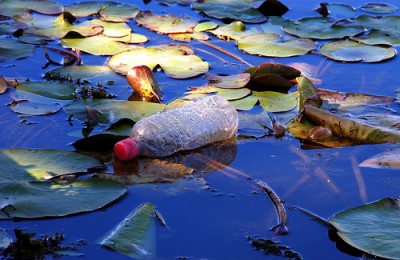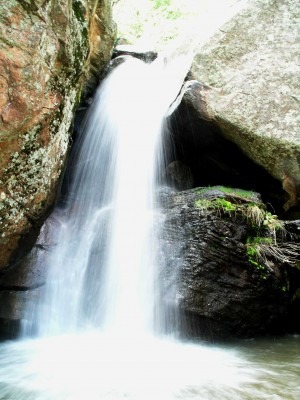soggy clouds please squeeze up there
come into our water faucets if you care
share your droplets pure and free
homie waters for my sweet baby
our passion drinks your crystal gift
then rush through our hearts to be
turned into ten thousand kisses
local rain for my sweet baby
we gotta have that local water
coming straight from the .pipe
to our little kitchen faucet
eco wet is so .right
no, tainted sodas from mega companies
yes, reusable drink containers our lips seek
no, plastic bottled scum into my love or me
yes, homemade lemonade and suntea
sodden clouds do squeeze up there
come into our fountains if you care
share your wetness for love to see
homie waters for my sweet baby
we swig and swallow your pure gift
that rush to these glands to be
turned into ten thousand o o ohs
homie waters for my sweet baby
my love loves the native juice
coming straight from the .pipe
to our down town water fountains
eco water flows down .right
no, bad karma throwaway packaging
yes, our deep local river so tastey
no, truck, boat, poison, plumes, toxicity
yes, homemade lemonade and suntea
dripping sweating clouds up there
are coming on lakes and rivers fair
sharing their drizzle for love you see
homie waters for my sweet baby
em-r7 d-r5 cma7 r7=fret7
g+6 d-r5 em-r7
(all chords are 2 fingers on low strings)
Homie Water /stele c12
vocals: Serena Benson [facebook.com/serena.benson.58] / stele
bass: Ethan Gormicans
~~~~
NRDC :: EXECUTIVE SUMMARY :: excerpt ::
More than 1/2 of all Americans drink bottled water; about a third of the public consumes it regularly. Sales have tripled in the past 10 years, to about $4 billion / year. Fueled by ads picturing towering mountains, pristine glaciers, and crystal-clear springs nestled in untouched forests yielding absolutely pure water. But is… total purity accurate? Are rules for bottled water stricter than those for tap water?
Not exactly. No one should assume that just because he or she purchases water in a bottle that it is necessarily any better regulated, purer, or safer than most tap water. NRDC has completed a four-year study of the bottled water industry, including its bacterial and chemical contamination problems. We have conducted a review of available information on bottled water and its sources, an in-depth assessment of Food and Drug Administration (FDA) and all 50 states’ programs governing bottled water safety, and an analysis of government and academic bottled water testing results. We have compared FDA’s bottled water rules with certain international bottled water standards and with the U.S. Environmental Protection Agency (EPA) rules that apply to piped tap water supplied by public water systems. In addition, NRDC commissioned independent lab testing of more than 1,000 bottles of 103 types of bottled water from many parts of the country (California, the District of Columbia, Florida, Illinois, New York, and Texas). Our conclusions and recommendations follow.
An Exploding Bottled Water Market
There has been an explosion in bottled water use in the United States, driven in large measure by marketing designed to convince the public of bottled water’s purity and safety, and capitalizing on public concern about tap water quality. People spend from 240 to over 10,000 times more per gallon for bottled water than they typically do for tap water.
Some of this marketing is misleading, implying the water comes from pristine sources when it does not. For example, one brand of “spring water” whose label pictured a lake and mountains, actually came from a well in an industrial facility’s parking lot, near a hazardous waste dump, and periodically was contaminated with industrial chemicals at levels above FDA standards.
According to government and industry estimates, about one fourth of bottled water is bottled tap water (and by some accounts, as much as 40 percent is derived from tap water) — sometimes with additional treatment, sometimes not. [Via NRDC]
~~~~
Sierra Club :: Corporate Water Privatization :: Bottled Water Campaign :: Excerpts
Advertising Hype. On the shelves of grocery stores, bottled water proliferates. New labels appear overnight claiming purity. In 2002, Americans paid $7.7 billion for bottled water and sales continue to increase.
These ideas have a source, and it’s not a mountain spring. Giant multinational companies like Nestle, Coke, and Pepsi are making a fortune on bottled water. In the U.S. a sip of bottled water costs on average 1,000 times a sip of water from the tap.
Taking Action ::
The Sierra Club has published a brochure which we will be happy to provide to any group or chapter which wants to join the campaign to discourage the use of bottled water.
Use pitchers of water at your Club and community events?
Use containers that you can refill with tap water when you are away from home
If there is a problem with water quality in your community, use a good quality water filter which is much cheaper than bottled water and does not produce mounds of plastic waste. The average cost of filtered water is $0.13/gallon compared to $1.27 for bottled water.
Advocate for adequate funding and good public management of municipal water systems.
Monitor unusual land purchases near to natural springs.
More from the Sierra Club on their Bottled Water Campaign
~~~~
Bottles, Bottles, Everywhere :: by Ramon Cruz :: excerpts ::
It’s ironic. In many parts of the world, there is no clean drinking water. Here in the U.S., pure, drinkable water flows out of every tap, and yet Americans buy a staggering amount of bottled water. We pay … over $15 billion a year.
Worse of all, the bottles are overflowing our landfills, and contribute to global warming. Take a look at this video from Doug James, and then check out these surprising facts.1…
Recycling would help, but we don’t usually do it. Less than 20 percent of the 28 billion single-serving water bottles that Americans buy each year are recycled. Some estimates are as low as 12 percent.
According to a Container Recycling Institute report [PDF], the national recycling rate for all beverage containers is 33 percent. In states with deposit systems, the rate jumps to 65-95 percent. But of the eleven states with deposit laws, only three include containers for non-carbonated beverages (like water), though non-carbonated beverages now comprise 27 percent of the market. …
National Geographic’s Green Guide notes, “…the federal share of funding for water systems has declined from 78 percent in 1973 to 3 percent today.” This places the financial burden almost entirely on local governments.
Food and Water Watch also talks about how important it is to stop this trend and maintain the quality of municipal water. Their Take Back the Tap [PDF] report gives a detailed overview of the issues surrounding tap water versus bottled water.
More about Bottles, Bottles, Everywhere by Ramon Cruz
~~~~
EWG’s Bottled Water Research and Advocacy: Americans drink twice as much bottled water today as they did ten years ago. One would think that purity would be included at a price, that, at a typical cost of $3.79 per gallon, is 1,900 times the cost of public tap water. But EWG’s ground-breaking studies have documented how, when it comes to bottled water, consumers don’t know what they are getting.
Sign up to receive email updates, action alerts & environmental tips from EWG.
To the contrary, our tests strongly indicate that the purity of bottled water cannot be trusted. Given the industry’s refusal to make available data to support their claims of superiority, consumer confidence in the purity of bottled water is simply not justified. more info
~~~~~~
Fans:: Share and sponsor this song.
Musicians:: Record this song and we will add it here and promote it.
Artists:: Do a video, art, dance or multimedia for this song and we will add it here and promote it.
Donate to support a better version and recording of this song. $44 or more gets you a partial copyright of this song and certificate.




Leave a Reply
You must be logged in to post a comment.